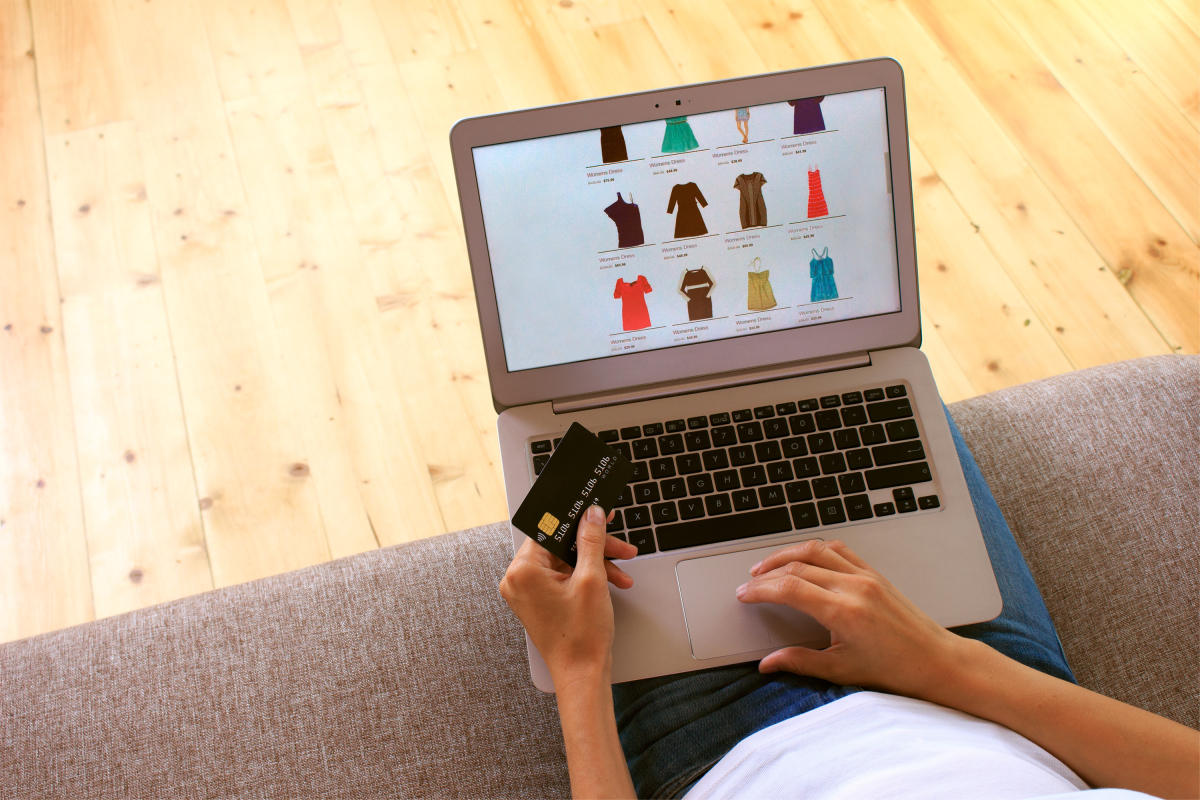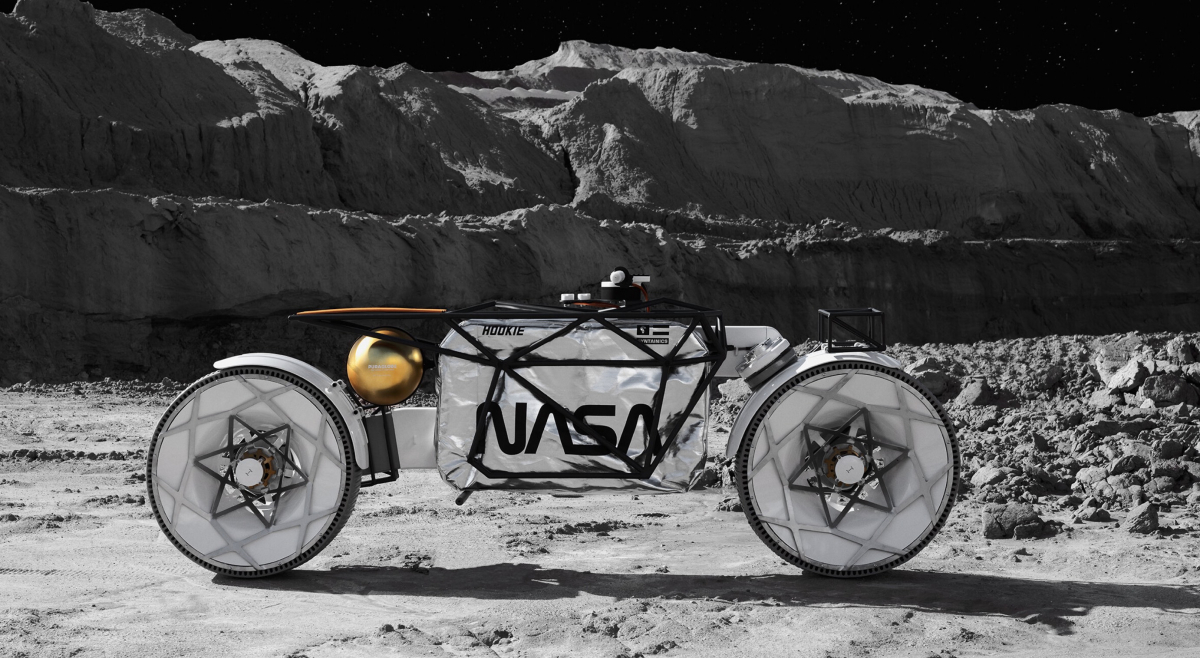Shop operators must now take this into account
A few months ago, young Tiktok users competed for the largest mountain of Klarna debt under the hashtag #klarnakrediten. Buy first, then pay. So-called buy-now-pay-later options, BNPL for short, are popular payment methods for online shopping.
No wonder, because of course it is initially tempting to buy via BNPL providers and not pay the bill immediately, but only after four weeks or even in installments. On the other hand, a lot of debt can accumulate in a very short time that is not so easy to settle.
A new EU directive could soon put a stop to the whole thing. In order to prevent young people in particular from getting into debt at an early age, the EU is planning a mandatory credit check in advance of such business models.
Editor’s Recommendations
BNPL has grown in popularity in both online and brick-and-mortar retail over the past few years. Young customers in particular use the services of Afterpay, Klarna and Co. to pay the bill in installments when buying mostly high-priced goods that they can hardly afford or to extend the payment period by a certain period of time.
This is also the result of a representative survey by Schufa on the use of online payment services in Germany. Almost half of the 16 to 25 year olds surveyed (44 percent) stated that they had already used the BNPL function.
40 percent admitted that they had already missed the payment deadline and had therefore been warned. Around a fifth (18 percent of those surveyed) have never been able to pay off their debts due to a lack of money.
Nevertheless, services like Klarna have significantly simplified and improved e-commerce. Online shops can offer their customers another payment option, giving them more flexibility and security.
And the operators of the online shops also benefit from the use. By paying an invoice fee to the BNPL provider, they cede the risk of default and don’t have to worry about being left with their customers’ unpaid bills.
What many customers do not know: From a legal point of view, when using these payment options, they take out a loan from the respective BNPL provider. So far, this means that customers who buy in installments or exceed the payment deadline have to pay fees to the respective payment service provider.
In contrast to conventional loans, however, there is no credit check in advance. The reason for this lies in the current consumer directive. It regulates the legal requirements for granting loans of up to 100,000 euros. So far, no credit check is required for microloans that are less than 200 euros or are repaid in less than three months. For customers, this often means high costs in the form of overdraft and default interest if they cannot repay the loan as agreed.
In order to better protect consumers from over-indebtedness, the EU directive is now to be updated. In the future, it will also include BNPL products and stipulates that a credit check must also be carried out for amounts under 200 euros. It also regulates interest-free loans with a term of up to three months and protects consumers from exorbitant costs in the event of default.
Even if shop operators usually do not have any costs from unpaid invoices from their customers, they could be affected by the planned new EU directives in the future. After all, an upstream credit check can quickly turn a hitherto pleasant and smooth customer experience into the opposite.
Shop operators should therefore definitely deal with the question of whether they really need to offer their customers a BNPL service. The focus should be on the buyer group that generates the most sales. The quality of their payment behavior should also be taken into account.
The next step is to evaluate the products offered and the general price segment of the online shop. The following applies: the more expensive and exclusive the goods on offer, the more personal, individual and customer-oriented the shop should be. In order to best meet customer needs, it is advisable to offer as many payment methods as possible.
However, the architecture of the online shop and the e-commerce system is decisive for the future range of BNPL solutions. Whether the upstream credit check can be easily integrated or whether the architecture has to be fundamentally restructured depends on two key factors: the technical set-up of the shop and the possibility of implementing technical add-ons in the existing architecture.
The update of the consumer policy leads to a tightening of the conditions for BNPL options. Retailers must therefore ask themselves whether their online shop is designed and dependent on offering such payment options.
They have to analyze which payment services their target group actually uses and, with regard to the technical requirements, carefully weigh up the effort required to integrate an upstream credit check into their shop. It is the responsibility of the shop operator to comply with the requirements of the consumer directive and to offer its customers a safe and efficient payment method.



